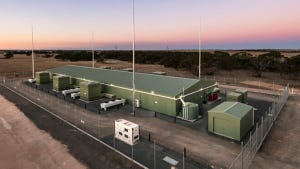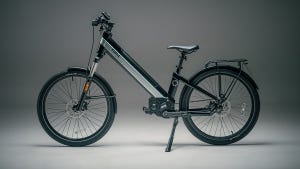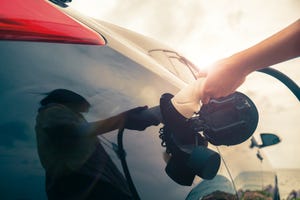Is National Park EV Charging Ready for Summer?
The National Park Service has debuted an EV charging station locator tool, but are there enough chargers to locate?
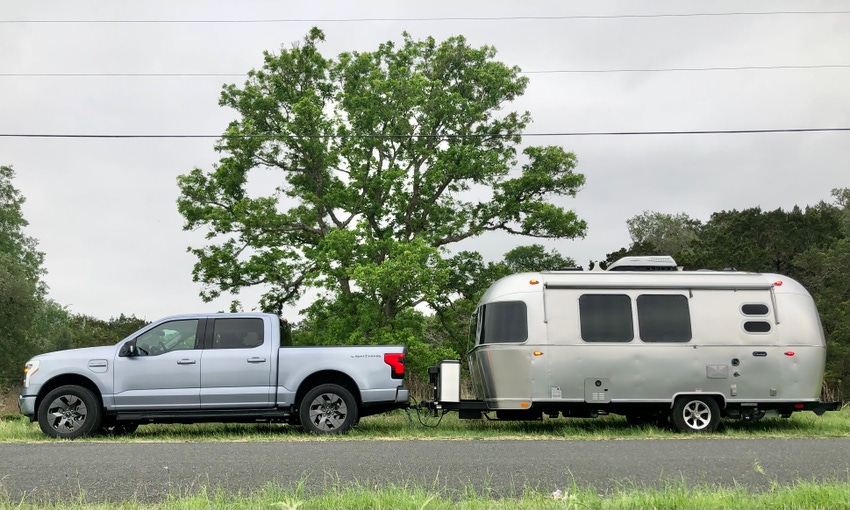
The notion of making a soothingly quiet trip to a national park in an EV is a tantalizing prospect, especially for drivers of EVs that are suitable for towing trailers or going off-road.
That prospect seems even more inviting thanks to the release of an EV charging station locator that is specifically tailored to finding charging stations near national parks. It was developed by the National Renewable Energy Laboratory (NREL) in collaboration with the National Park Service.
However, EV owners are likely to be disappointed when they see the results of a search for DC fast charging stations at or near national parks unless they are Tesla drivers. As in other respects of long-distance driving, the commercial EV charging network is disappointingly inferior to Tesla’s Supercharger network. As overcrowded as those Tesla chargers can be, at least they exist and usually work.
The National Park Service Station Locator Tool would be handy if only there were more stations for it to locate in the vicinity of national parks. “To build the National Park Service map, we ingested eleven charging networks' APIs, which feed data into the tool automatically, rather than collecting the data manually,” NREL software developer Matt Rahill explained in a post on NREL’s news site. “Then we filtered the data to show only the EV charging stations that are enroute to or directly associated with one of the 400-plus national parks, monuments, and historic sites.”
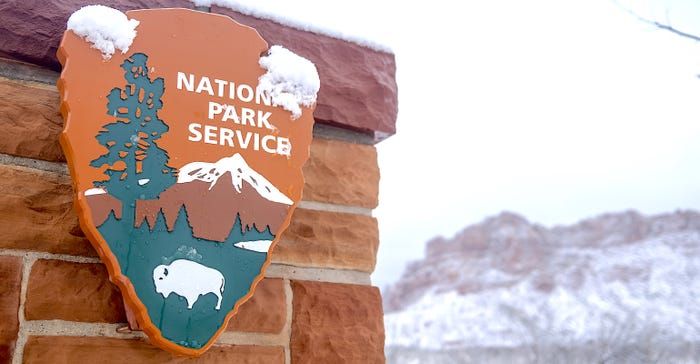
Filters on the site’s map let users screen listings by the type of charger and by the charging level. Alas, filtering this way often reduces the disappointingly few locations to none at all. A nationwide search for DC fast chargers on the Park Service tool reveals four (FOUR!) DC fast chargers. They are at the Everglades National Park (Fla.), Oconaluftee Visitor Center (North Carolina), Grand Canyon Railway Hotel (Ariz.), and Port Angeles (Wash.)
Level 2 AC chargers are more common. But there aren’t enough of these considering how long it takes to get a meaningful charge from one. If you have the opportunity to leave the vehicle for hours, Level 2 chargers can be helpful. But the length of time needed to be useful also increases the likelihood that someone else is using it, because they also need it for many hours.
The more all-encompassing search site Plugshare.com, produces better results, and it shows that while there are more than four DC fast chargers near national parks, many of them are Tesla Superchargers. And commercial chargers that qualify as “fast chargers” are often the slower 50-kilowatt variety that makes poor progress charging the big batteries in vehicles like the F-150 Lightning.
The paucity of fueling options in national parks isn’t really unique to EVs. Gas stations are also few and far between in the boondocks where such parks are typically located. However, one such station can quickly refuel all gas vehicles (diesel drivers know to be aware of where they can refill), so having few such stations only means you’ll pay more for that gas.
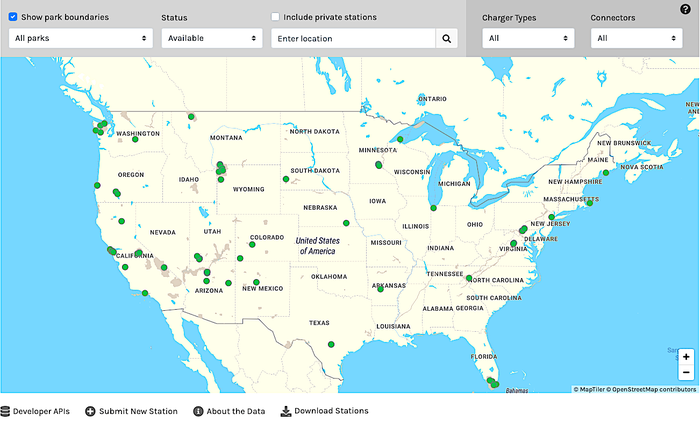
The long drive into and out of parks means that even combustion vehicles are wise to top off before getting into the wilderness, especially if they are towing because it will be a long way back out to that same gas station. We experienced this towing a camper to Shenandoah National Park in Virginia with a Lincoln Navigator.
And gas vehicles arriving at the Mauna Kea Observatory visitor’s center in Hawaii are asked to show that they have at least half a tank of gas before proceeding to the observatories at the summit because the steep climb burns an unexpectedly large amount of fuel and the nearest gas station is nearly 30 miles away.
This issue is magnified in EVs, though in the case of climbing to the summit of Mauna Kea, they can be reasonably expected to recover much of that energy on the way down, where combustion vehicles burn gas when spinning the engine at elevated revs while using engine braking to ease the load on the brakes during the descent.
It is interesting to see that the Park Service is attempting to aid visiting EV drivers with its charging station locator tool. But when there are few or no charging stations to locate, having a tool is little help. For the summer travel season of 2023, EV visits to national parks will still require significant planning. It will be easier for Tesla drivers, but in any case, the likelihood of delays while trying to charge the vehicle looks substantial, even with the aid of the new Park Service online tool.
Maybe 2024 will be the summer of realistic national park EV travel. Or 2025.
About the Author(s)
You May Also Like


